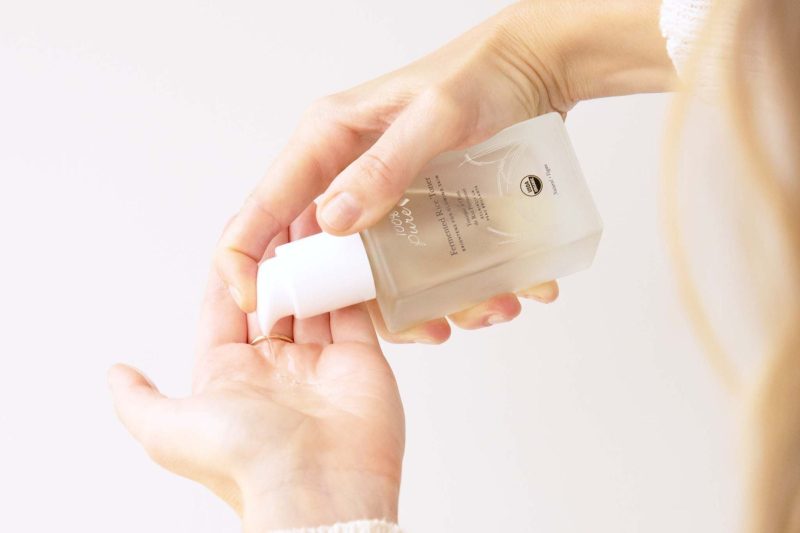Astringents have long been hailed as a key component in skincare routines for their ability to minimize pores and enhance complexion. These products work by tightening the skin, reducing oil production, and promoting a more even skin tone. While astringents can be beneficial for many skin types, it is essential to understand how they work and how to incorporate them into your skincare routine effectively.
What Are Astringents?
Astringents are usually formulated as toners and are often alcohol-based liquids that help to remove excess oil and impurities from the skin. They work by constricting the body tissues, which in turn tightens the pores and reduces their appearance. Astringents also help to balance the skin’s pH levels, resulting in a more radiant complexion.
Why Use Astringents?
One of the main benefits of using an astringent is its ability to minimize the appearance of pores. Enlarged pores are a common skincare concern as they can trap oil, dirt, and makeup, leading to breakouts and dull skin. By using an astringent regularly, you can help keep your pores clear and reduce their visibility.
Additionally, astringents can help control oil production in the skin. Excess oil can lead to clogged pores and acne, so using an astringent can help mattify the skin and prevent breakouts.
Astringents also work well for individuals with oily or acne-prone skin. The tightening effect of astringents can help reduce inflammation and redness associated with acne, making them a popular choice for those struggling with blemishes.
How to Use Astringents Effectively
When incorporating an astringent into your skincare routine, it is crucial to use it properly to avoid drying out or irritating your skin. Here are some tips for using astringents effectively:
1. Choose the right product: Look for a gentle astringent that is formulated for your skin type. Avoid products that contain high levels of alcohol, as they can be too harsh and drying.
2. Use it after cleansing: Apply the astringent on a cotton pad and gently swipe it over your face after cleansing. Focus on areas where pores are more visible, such as the T-zone.
3. Follow up with moisturizer: Astringents can be drying, so it is essential to follow up with a hydrating moisturizer to keep your skin balanced.
4. Use it sparingly: Astringents are potent products, so it is best to use them a few times a week or as needed. Overusing an astringent can strip the skin of its natural oils and lead to irritation.
In conclusion, astringents can be a valuable addition to your skincare routine, especially if you have oily or acne-prone skin. By using a gentle astringent regularly and following the tips mentioned above, you can minimize pores, control oil production, and achieve a more radiant complexion. So, consider adding an astringent to your skincare arsenal to transform your skin for the better.

